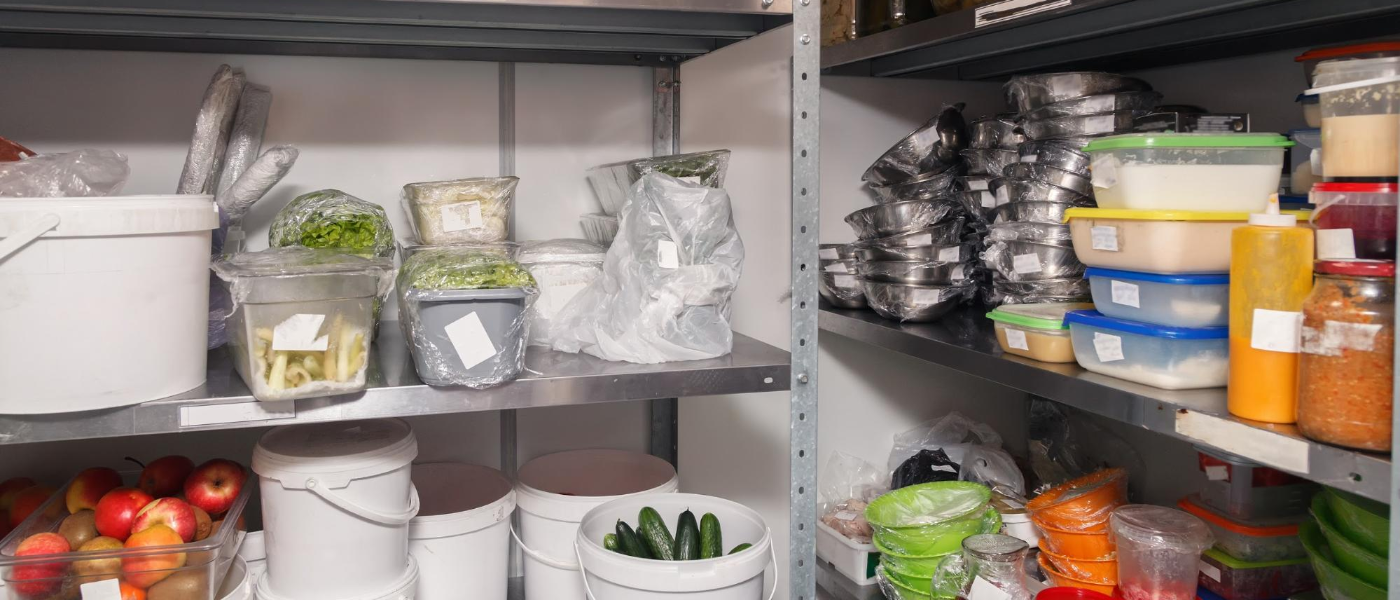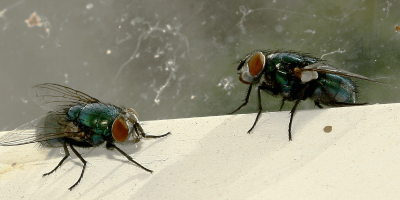Proper Food Storage: Why It Matters for Your Restaurant

They don’t have OpenTable, TripAdvisor or Yelp!, but hungry critters big and small still have a way of figuring out the best spots in town to grab a bite.
You might think of it as word of mouth marketing.
And what’s worse, once these pests have rated an eatery five stars, next thing you know they’ll be lining up at the doors in droves.
Seal it Up!
The first step in restaurant pest prevention is to ensure food handling and storage procedures are being followed to the letter. Keeping food products off the floor, in airtight containers, and at the appropriate temperatures (which, for refrigerated/frozen items, usually means below either 40 or 32 degrees Fahrenheit) is just the beginning.
Kitchens should always rotate stock using the FIFO rule—first in, first out. This ensures the oldest product gets used up before the most recent deliveries, so nothing is ever forgotten or left to rot on the shelves. Any product that does expire should be disposed of immediately.
The Bottom Line
In most restaurants, food costs account for an average of 30 percent of the business’s revenue. Wasted product means lost income, whether the food goes bad and has to be tossed, or is gobbled up by pests that have no intention of paying the check.
But even the best defense can’t always hold back an infestation, and sometimes properly packaged and refrigerated foodstuffs can become critter fodder. Why? Because certain pests will eat the very thing designed to keep them away from the food -- the packaging.
For example, one of the most common pest problems for restaurants—cockroaches—don’t just like to lunch on people food. They also love to dine on the wood particles and glue that paper bags and corrugated cardboard boxes are composed of. Lax handling of even these non-food waste products can quickly lead to an infestation.
Weevils, Indian meal moths and flour beetles are also all quite difficult to keep out of a commercial kitchen, thanks to their small size. These insects are diminutive enough that the tiniest of holes, gaps or cracks in food storage containers—or the building’s structure itself—are like a wide-open door inviting them in. Once inside, these pantry pests will not only eat your pantry products, but they will also reproduce and defecate inside the packages -- not exactly the kind of ingredients you want to feature in your recipes.
As an owner, if you’re concerned about keeping the human-written reviews as positive as possible, it’s essential to make sure the word on the street among critters is that your restaurant is closed to their business.
Need a little help getting that message out there? Visit our Restaurant & Retail Food page to request a free consultation for professional pest control.



